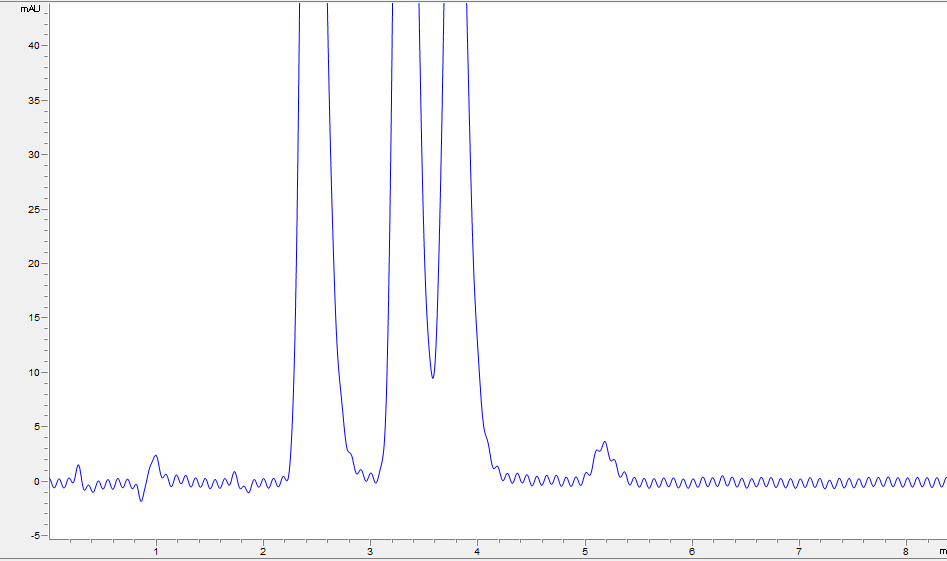Chromatography Quiz #32: I’m not seeing any peaks! Carbamates edition – RESULTS
 Pickering Labs would like to congratulate all of our winners for our previous newsletter’s I’m not seeing any peaks! Carbamates edition Quiz: Jim Balk from Nebraska Public Health Environmental Lab, Josiah Hakala from Minnesota Department of Health, Narjes Ghafoori from LA County Environmental Toxicology Lab, Tom Schneider from Suffolk County Water Authority, and Jiufeng Fan from Glaxo Smith Kline.
Pickering Labs would like to congratulate all of our winners for our previous newsletter’s I’m not seeing any peaks! Carbamates edition Quiz: Jim Balk from Nebraska Public Health Environmental Lab, Josiah Hakala from Minnesota Department of Health, Narjes Ghafoori from LA County Environmental Toxicology Lab, Tom Schneider from Suffolk County Water Authority, and Jiufeng Fan from Glaxo Smith Kline.
Winners will soon receive: A Tile Pro Combo from Amazon.com! Tile is a tiny Bluetooth tracker and easy-to-use app that helps you find everyday items in seconds. Sleek, durable and water-resistance, the Tile Pro seamlessly pairs with your smartphone. The easiest way to find your things!
Congratulations to our quiz winners!
Thank you all for your submissions!
The correct answers for the “I’m not seeing any peaks!” Carbamates edition quiz:
The reactor temperature was set too low. In normal operation, the reactor temperature should be set to 100 °C for proper post-column reaction completion. The incomplete reaction will give you low response for all analytes except Carbaryl and 1-Naphthol. Carbaryl becomes 1-Naphthol after the first step in the post-column reaction and 1-Naphthol is naturally fluorescent and does not require the OPA reaction.
Chromatography Quiz 33 – What the Brij?!?
Correctly answer the question below and win a prize! Simply email your answer and your full contact information to Rebecca at rlsmith@pickeringlabs.com by November 1, 2019 in order to win. You will receive email confirmation when your submission is received, and the troubleshooting answer and winner congratulations will be published in the next issue (to be anonymous, please notify Rebecca in submission).
Below you will find the method details for the Fumonisins method. What is the purpose of adding 30% Brij to the post-column derivatizing reagent?
(Full method abstract(s) available on our website.)
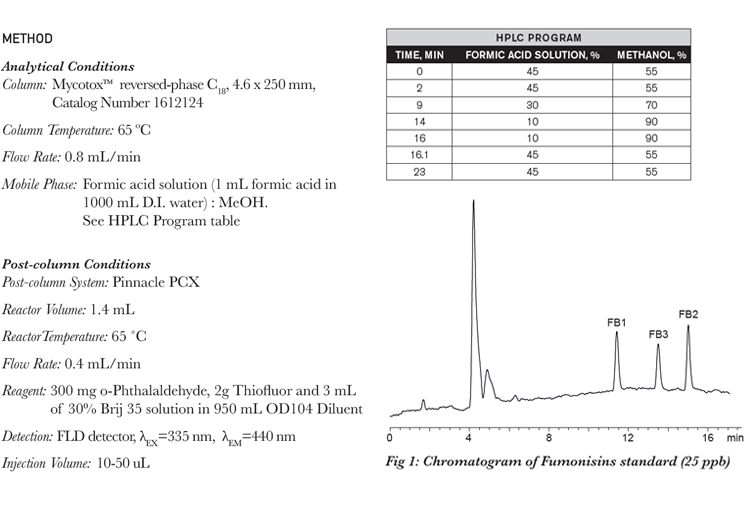

 Pickering Labs would like to congratulate all of our winners for our previous newsletter’s Glyphosate Doublet Quiz: Jim Balk from Nebraska Public Health Environmental Laboratory, Tom Schneider from Suffolk County Water Authority, Narjes Ghafoori from LA County Public Health Laboratories, and Jiufeng Fan from Glaxo Smith Kline.
Pickering Labs would like to congratulate all of our winners for our previous newsletter’s Glyphosate Doublet Quiz: Jim Balk from Nebraska Public Health Environmental Laboratory, Tom Schneider from Suffolk County Water Authority, Narjes Ghafoori from LA County Public Health Laboratories, and Jiufeng Fan from Glaxo Smith Kline.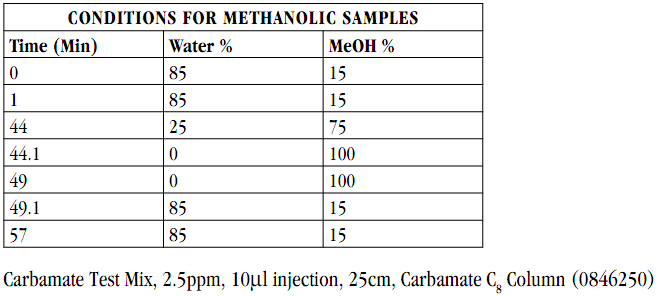
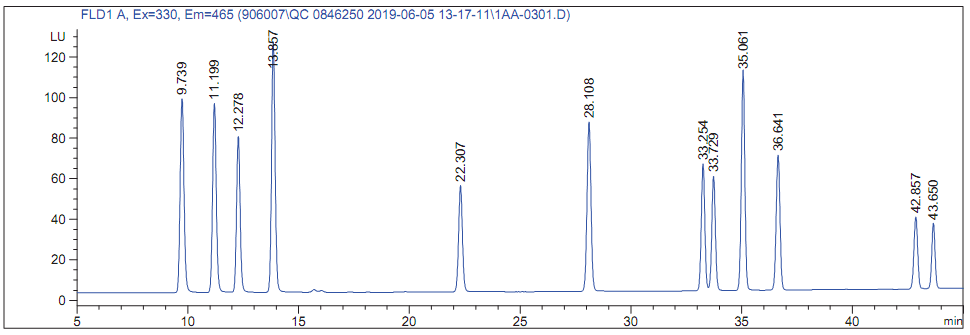

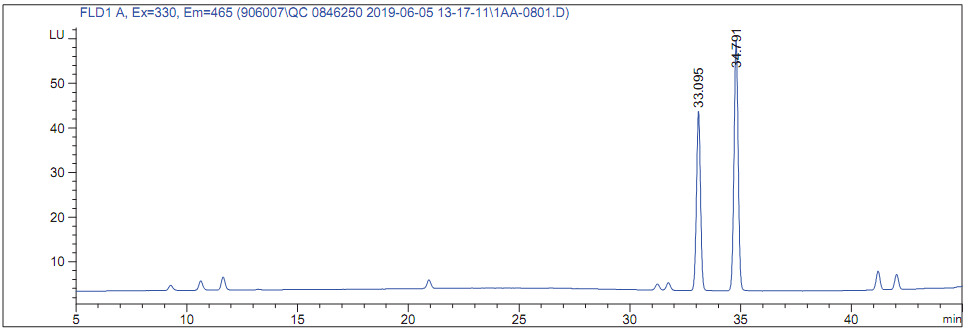
 Winners will soon receive: A Harvest Bundle of Gifts from
Winners will soon receive: A Harvest Bundle of Gifts from 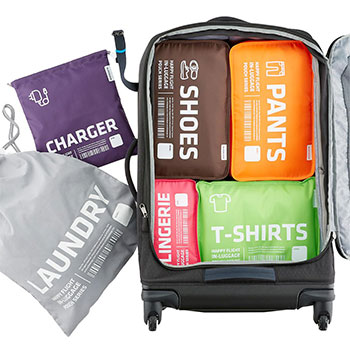 Laboratories, Narjes Ghafoori from LA County Environmental Toxicology Lab, Joy Gottlieb from New Mexico Department of Health Scientific Lab Division, Hossein Hajipour from Texas Dept. of State Health Services Laboratories, and Widchuda Meeim from Thailand Bureau of Quality Control of Livestock Products.
Laboratories, Narjes Ghafoori from LA County Environmental Toxicology Lab, Joy Gottlieb from New Mexico Department of Health Scientific Lab Division, Hossein Hajipour from Texas Dept. of State Health Services Laboratories, and Widchuda Meeim from Thailand Bureau of Quality Control of Livestock Products.


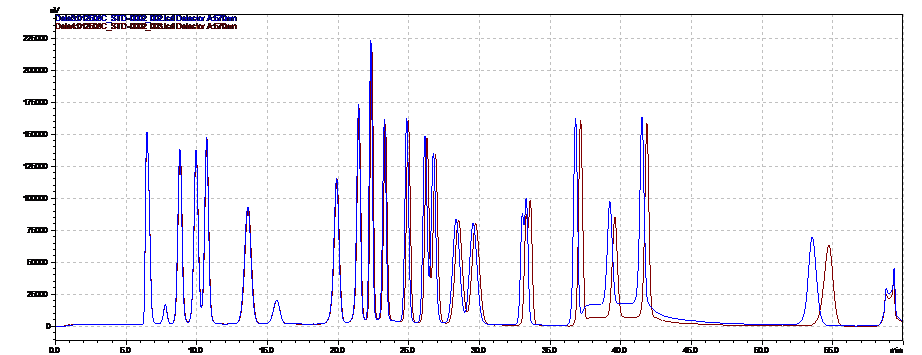
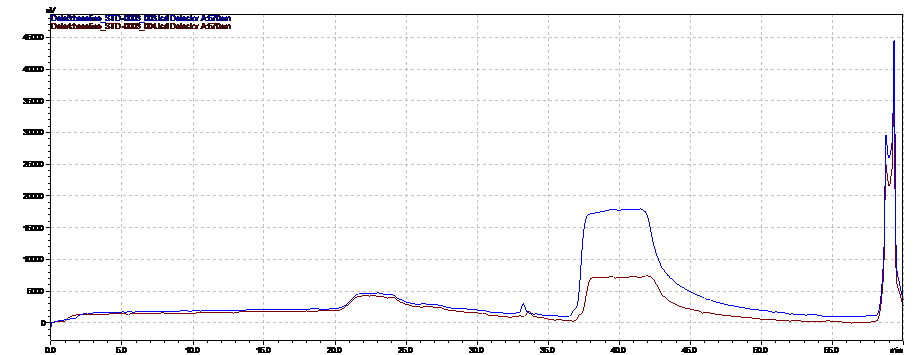
 Pickering Labs would like to congratulate the winners of our last newsletter’s Shifting Retention Times–Carbamates Quiz: David Green from Pepperdine University, Jeff Fan from Cumberland Valley Analytical Services, Karissa Scroggins from North Coast Laboratories, Jim Balk from Nebraska DHHS Public Health Environmental Laboratory, Narjes Ghafoori from LA County Agricultural Commissioner Weights & Measure Environmental Toxicology Lab, Tom Schneider from Suffolk County Water Authority, and Ms. Widchuda Meeim from Thailand Bureau of Quality Control of Livestock Products.
Pickering Labs would like to congratulate the winners of our last newsletter’s Shifting Retention Times–Carbamates Quiz: David Green from Pepperdine University, Jeff Fan from Cumberland Valley Analytical Services, Karissa Scroggins from North Coast Laboratories, Jim Balk from Nebraska DHHS Public Health Environmental Laboratory, Narjes Ghafoori from LA County Agricultural Commissioner Weights & Measure Environmental Toxicology Lab, Tom Schneider from Suffolk County Water Authority, and Ms. Widchuda Meeim from Thailand Bureau of Quality Control of Livestock Products.
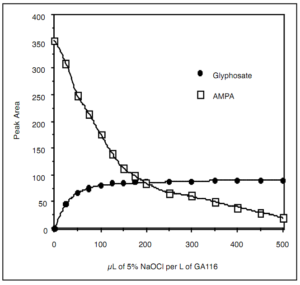


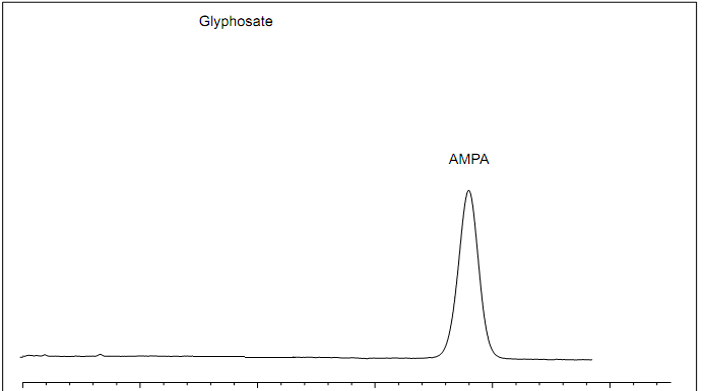

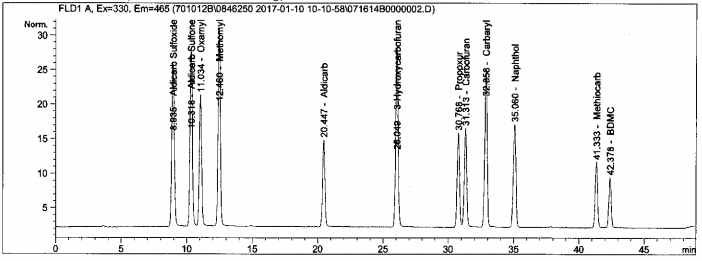
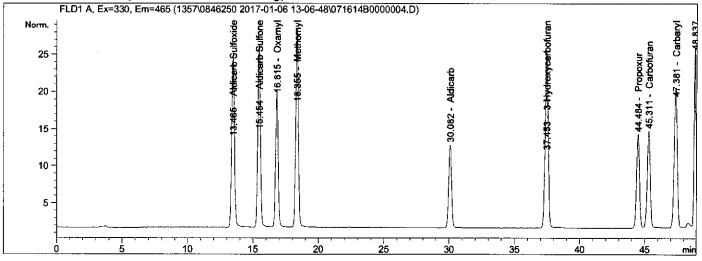
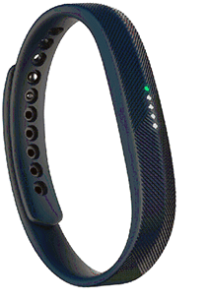 Pickering Labs would like to congratulate the winners of our last newsletter’s Glyphosate Quiz: David Green from Pepperdine University Natural Science Division, Jim Balk from the DHHS Public Health Environmental Laboratory, Narjes Ghafoori from LA County Environmental Toxicology Lab, Karissa Scroggins from North Coast Laboratories, Helene Lachance from Shur-Gain Nutreco, Tom Schneider from Suffolk County Water Authority, and Irene Taylor from Orange County Utilities Water Division Laboratory!
Pickering Labs would like to congratulate the winners of our last newsletter’s Glyphosate Quiz: David Green from Pepperdine University Natural Science Division, Jim Balk from the DHHS Public Health Environmental Laboratory, Narjes Ghafoori from LA County Environmental Toxicology Lab, Karissa Scroggins from North Coast Laboratories, Helene Lachance from Shur-Gain Nutreco, Tom Schneider from Suffolk County Water Authority, and Irene Taylor from Orange County Utilities Water Division Laboratory!
